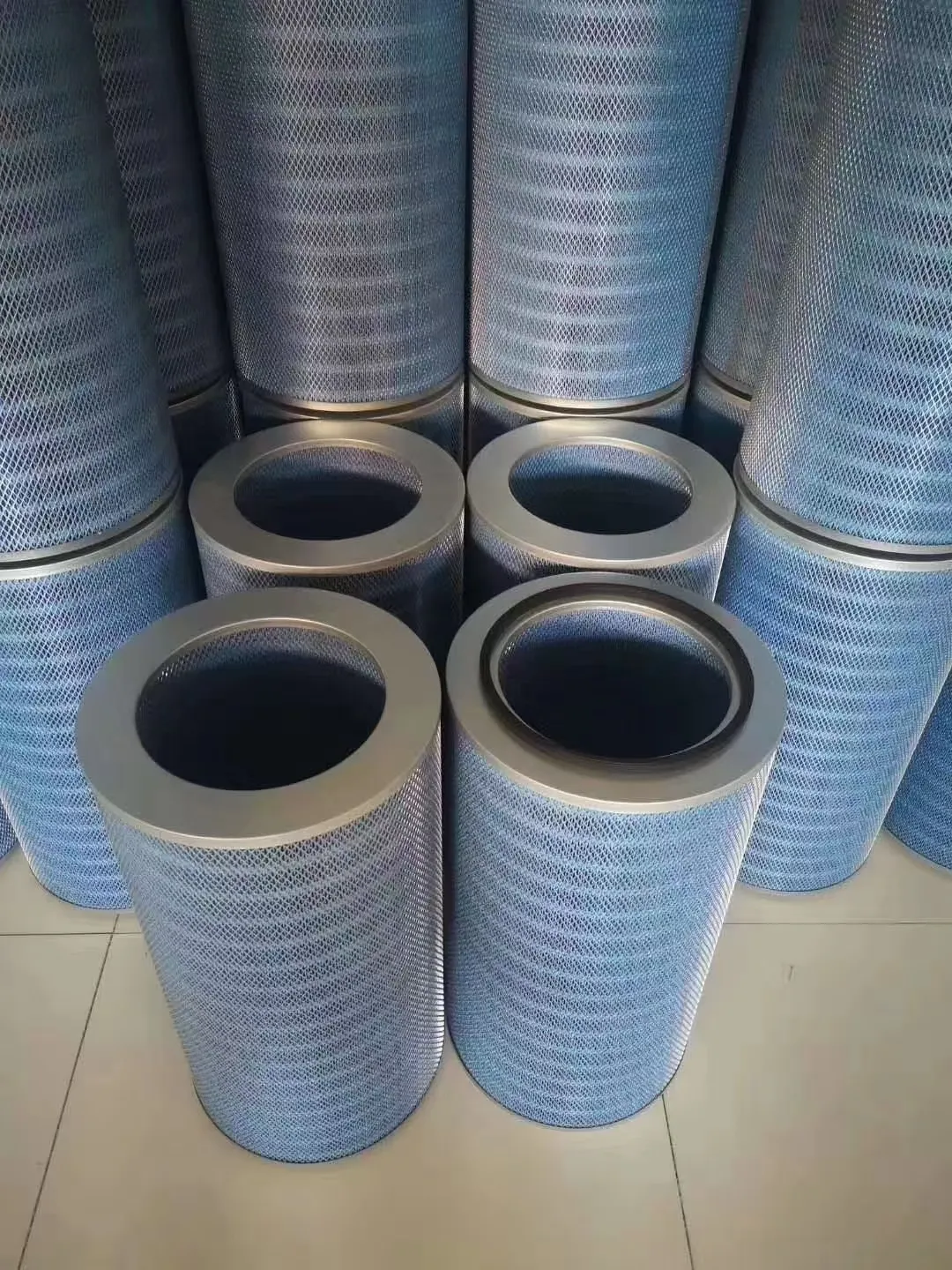 Tel:
+8615930870079
Tel:
+8615930870079
Aug . 12, 2024 15:30 Back to list
Effective Cartridge Dust Collector Filter Solutions for Superior Air Quality and Industrial Performance
Understanding Cartridge Dust Collector Filters A Key Component in Air Quality Management
In various industries, maintaining air quality is paramount for the health of workers and the environment. One of the essential technologies employed for this purpose is the cartridge dust collector filter. These filters are designed to capture airborne dust, particles, and contaminants, thereby promoting a cleaner and safer working environment.
The Functionality of Cartridge Dust Collector Filters
Cartridge dust collector filters consist of cylindrical filter media that are designed to capture particulates efficiently. These filters are typically made from high-quality materials such as fiberglass, polyester, or cellulose, enabling them to handle a range of dust types including fine particles and hazardous materials. The design of cartridge filters allows for a large surface area which maximizes dust-holding capacity and minimizes the pressure drop across the filter, thus ensuring efficient operation.
When air laden with dust and particulates enters the collector, it flows through the cartridges where particles are trapped on the surface of the filter media. The clean air then continues to flow through while the collected dust remains on the outside of the cartridges. The efficiency of this process is crucial, as poorly performing filters can lead to air quality issues and increased operational costs.
Advantages of Using Cartridge Filters
Cartridge filters offer numerous advantages over traditional filter systems such as baghouse filters. One significant benefit is their compact design which requires less space. This is particularly important in industries where space is limited and equipment optimization is crucial. Moreover, the maintenance of cartridge filters tends to be more straightforward. Changing out the cartridges can often be performed quickly, minimizing downtime and allowing for continuous operation.
cartridge dust collector filter

Another advantage is the filtration efficiency of cartridge filters. They can effectively filter particles as small as 1 micron, making them suitable for a variety of applications, including woodworking, metal fabrication, and pharmaceutical manufacturing. Furthermore, with advancements in filter technology, newer cartridge filters can provide longer service life and less frequent replacement needs, thereby reducing operational costs.
Selecting the Right Cartridge Filter
Choosing the correct cartridge filter is critical for optimal performance. Factors to consider include the type of dust being collected, the air flow requirements, and the operating environment. For instance, specific filters may be needed for high-temperature applications or those involving corrosive materials. It's essential to consult with manufacturers or industry experts to identify the best filter media and design for your specific needs.
Additionally, implementing a proper maintenance schedule is vital. Regular inspection and cleaning are necessary to ensure filters function at peak efficiency. Many industrial settings adopt pulse-jet cleaning systems that automatically clean the filter cartridges in situ, preventing dust buildup and prolonging filter life.
Conclusion
Cartridge dust collector filters are an integral part of effective air quality management in various industries. Their efficient design, ease of maintenance, and high filtration capacity make them a preferred choice for many applications. By selecting the appropriate filter and implementing a proper maintenance regime, businesses can ensure a safer workplace and comply with environmental regulations, ultimately contributing to improved health outcomes for workers and the surrounding community. As technology advances, we can expect continued improvements in filter efficiency and effectiveness, further aiding industries in their quest for cleaner air.
-
Types and Applications of Air Filtration CartridgesNewsJul.28,2025
-
The Role of Gas Turbine FiltersNewsJul.28,2025
-
Mastering Air Filter Cartridge UseNewsJul.28,2025
-
Advanced Turbine Filters for Modern Gas TurbinesNewsJul.28,2025
-
Cellulose Air Filter Cartridge Advantages in Dust FiltrationNewsJul.28,2025
-
Cellulose Filters for Air Particle ReductionNewsJul.28,2025

 Email:
Email:





